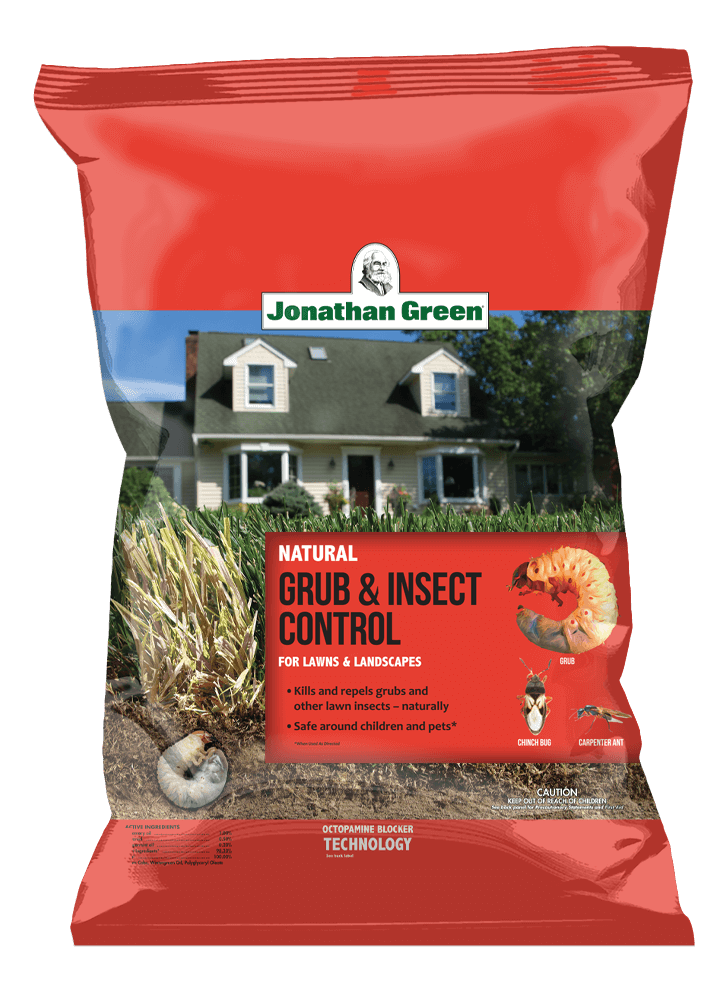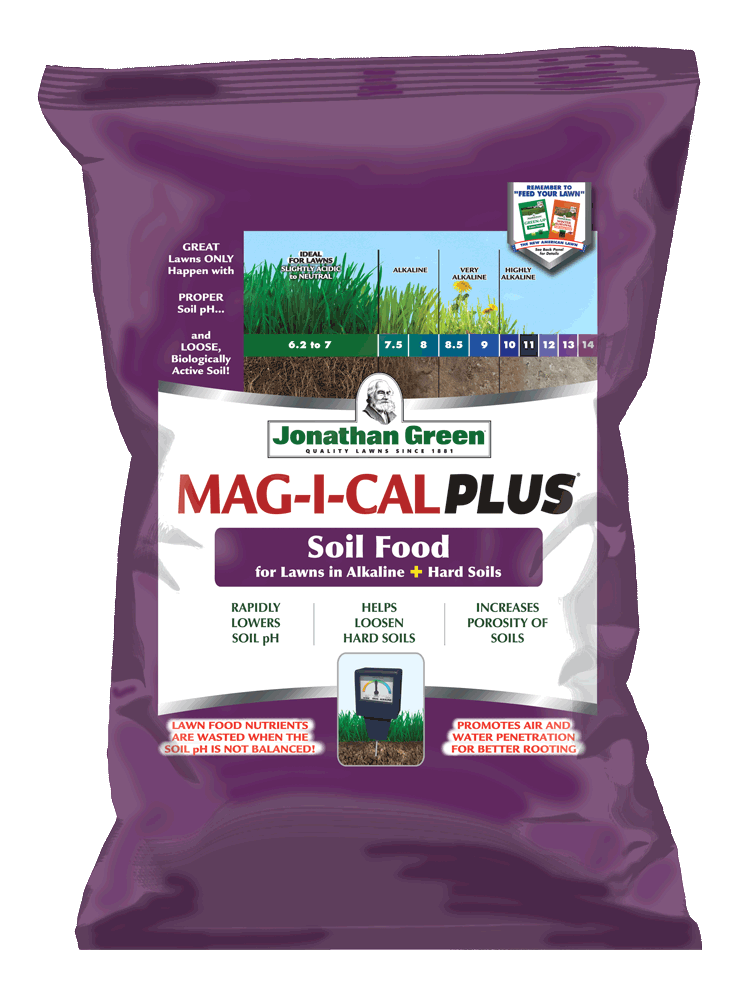Got Grubs? How To Identify, Treat, and Prevent Lawn Grubs

Lawn grubs are one of many insects to be mindful of when caring for your lawn. Though tiny in size, lawn grubs can pose a big threat to the health of your lawn. Common signs of a lawn grub problem are yellowing or browning, thinning, and weakening of the grass. Your first thought at tackling a grub infestation might be just putting down insect control. While this is one way to solve a grub problem, it is only part of the solution to treating them and reducing their likelihood of returning.
Here is your comprehensive guide to identifying, treating, and preventing lawn grubs:
1. Identifying the Problem

You might find yourself asking: What exactly is a grub? Grubs, also known as white grubs, are the larvae of different Scarab Beetles such as Japanese Beetles, June Bugs, European Chafers, or Billbugs and range in size from about one-half inch to two inches long once mature. Grubs have brown heads with soft, gray, or white bodies and live under the surface of the soil. The grubs slowly begin to eat away at the grassroots, causing widespread damage to the health of your lawn.
Most people are unaware that the lawn issue they’re having is directly related to a grub infestation because grubs exist below the surface of the lawn and visible signs of grub damage resemble other common lawn issues, such as fungal infections or heat stress.
Some visible indicators of a grub infestation are brown patches or spongy spots on your lawn. Most people find brown patches caused by adult grubs when they’re getting ready to seed in the fall, which is typically because they’ve been overlooked and easily mistaken as drought-ridden grass from the hot summer months.
There are two ways to test your lawn for a grub infestation: a pull test and a shovel test.
Pull Test:
- To conduct a pull test, take a handful of grass and tug to see if the grass is still connected to the soil. If the grass comes out easily, you have grubs.
Shovel Test:
- You can also conduct a shovel test for a larger sample, by digging out a square plug from a small portion of your lawn near a suspected grub-damaged area. Be sure to go down about six to eight inches into the soil to where you can see the roots. For both tests, look for the active presence of grubs and root damage. If you happen to discover grubs in the soil, it may be a good idea to start applying treatment to the lawn.
2. Treating Lawn Grubs

Once a grub infestation has been properly identified, you can begin treating the issue. A plan for treatment is determined by two factors: when you discover the grubs and the amount of grubs you discover.
Knowing the life cycle of grubs is important for determining the best treatment plan. Grubs have a life cycle of one year. After beetles lay their eggs in early summer (Billbugs lay their eggs in May; Japanese beetles lay eggs in June), the eggs turn into larvae. If you don’t find grubs during this stage, they will stay in the soil, mature into their adult form and continue to cause root damage. The severity of grub damage increases with late discovery, so perform pull tests often to avoid widespread damage that is more difficult to treat.
If you find you have five or less grubs per square foot in your lawn, you don’t have to apply a treatment. If you find you have ten or more grubs per square foot after performing a pull test, however, this means you have caught the infestation at an early or peak stage, and you should apply a chemical treatment.
To tackle a severe grub infestation, apply a uniform amount of Natural Grub & Lawn Insect Control on a dry lawn using a spreader. Immediately after application, irrigate the lawn with ¼ to ½ inches of water to activate the product. Apply once in the late summer/early fall season to kill the existing population, then again the next summer as a preventative. Be mindful of not letting the product runoff into any drains or water supply when applying to ensure environmental safety.
3. Prevention
To avoid serious grub infestations in the future, apply a preventative grub treatment to your lawn in the mid-May through August. Once absorbed into the soil, this will ensure you’ve laid the groundwork for your lawn’s protection against grubs when damage hits its peak in the fall.
Always remember that having optimal lawn health is critical to prevent damage caused by grubs, fungal infections, drought, etc. The key to optimal overall lawn health is to create a biologically active soil environment, by balancing your soil’s pH and feeding soil microbes with Mag-I-Cal® Plus for Lawns in Alkaline & Hard Soil. Additionally, feeding the lawn with the appropriate fertilizers and proper watering will also help the lawn survive any potential damage.
Mentioned Products
Conclusion
There’s no way around it: Grubs are a nuisance. The small, but mighty insects leave long-term damage that can ultimately jeopardize your picturesque lawn. Identifying grubs, grub damage, knowing the life cycle of these unsightly insects, and when to apply products are your best arsenal against tackling a severe infestation. Your key to truly getting grubs under control, however, is preparation! Get a jump on grubs by applying preventative treatment to ensure your lawn is set up for success against any future grub infestations.
For more tips on insect control and other lawn care practices, check out our Library and Learn sections!

